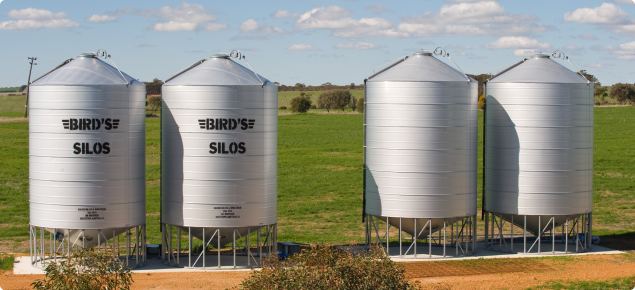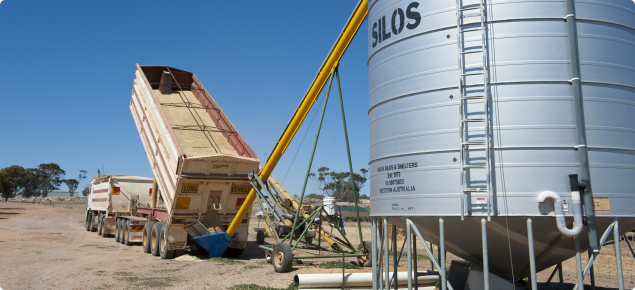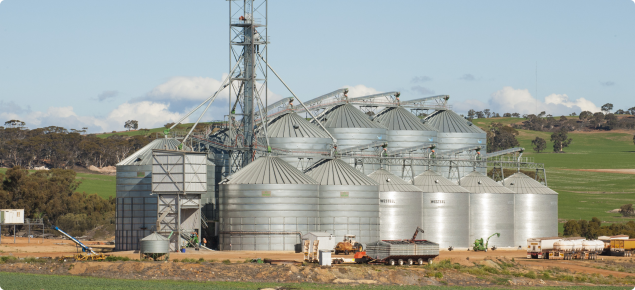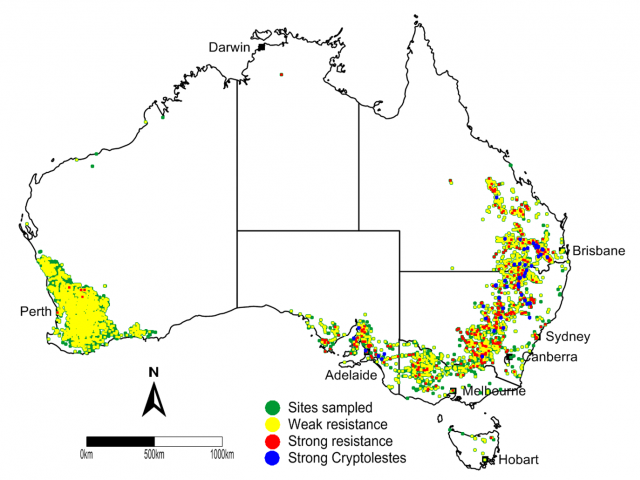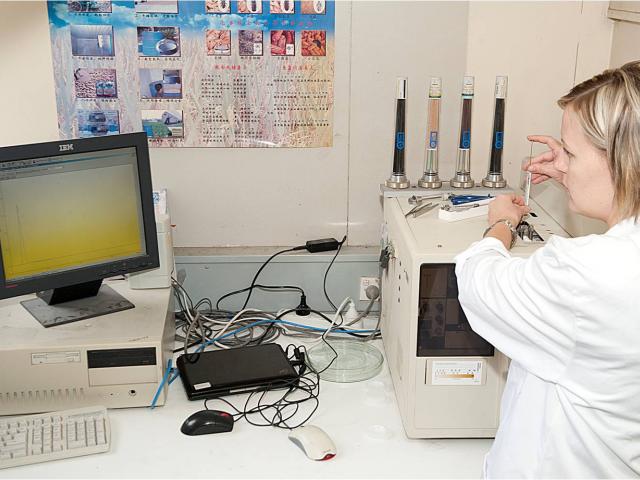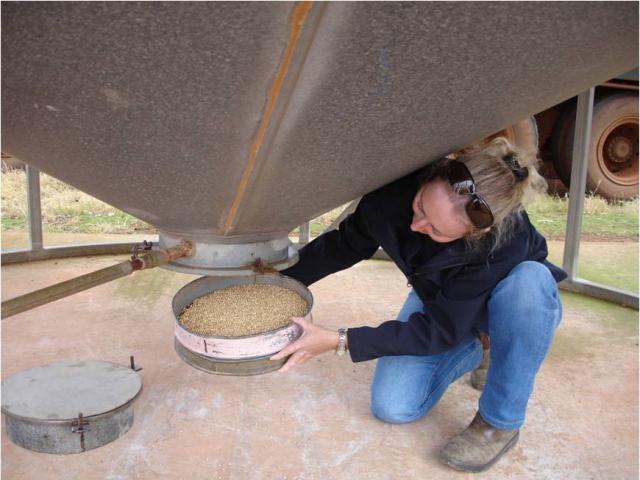In the 1970s the Western Australian grain storage industry focused on sealed storage and fumigation to achieve the federally mandated ‘nil tolerance’ for live insects in export grain.
All farm silos manufactured in Western Australia are sealed and the grain handling cooperative CBH Group has sealed all bulk storages and committed to phosphine fumigation.
This long-term vision has seen all Western Australian grain exported since 1990 without the use of contact insecticides.
However, this almost total reliance on a single fumigant through the value chain places Western Australia in a dangerous position with respect to resistance development. Accordingly, an extensive phosphine resistance monitoring and management program was established in 1982.
Western Australian grain insect samples are either submitted by CBH Group or collected by a network of DAFWA field staff. The strains of insects are initially screened for phosphine resistance with the 30 minute 'Reichmuth' test which allows us to provide same-day feedback to field staff so that control options can be assessed.
Follow-up testing is conducted with dosages designed to detect high resistance. If sufficient insects are available, an international standard FAO test is done to validate the rapid test.
Farm sample summary
In 2013/14, 409 insect populations or strains were tested with 848 phosphine resistance assays done in total.
Of the 251 strains received for weak resistance, 60% of these showed positive results (compared with 252 strains and 58% in 2013).
All resistant strains which survive the preliminary rapid test are cultured for strong resistance testing.
One strain of the rust-red flour beetle (Tribolium castaneum) was found to be strongly resistant to phosphine and eradicated.
Tribolium castaneum was the most prevalent grain pest found in 34% of strains collected. For the first time it was not the most frequently weak resistant species having dropped to 64%. The lesser grain borer (Rhyzopertha dominica) had weak resistance in 67% of strains collected.
Bulk handler samples
CBH Group sends all its strains to DAFWA for resistance testing. During the 2013/14 reporting period 103 strains were received (123 in 2013).
None of the strains tested exhibited strong resistance while 43% showed weak resistance (55% in 2013).
All resistant strains which survive the preliminary rapid test are cultured for a strong resistance test.
Rice weevil (Sitophilus oryzae) was the most prevalent (43% of strains collected) and the most frequently weak-resistant species with 61% resistance.


